We've heard about one of these asteroids before—a 58 kilometer-across object that, upon impact 3.26 billion years ago, shook the entire planet for a half hour. Now, geologist Don Lowe of Stanford University presents us with two other 50 to 100 kilometer-across impactors from the same time period. Each of these asteroid collisions would have boiled Earth's oceans, reducing global sea levels by up to 100 meters. As Lowe told Science News, the cataclysmic events probably had a dramatic impact on the early evolution of life:
"These impacts would have a profound influence on any life trying to evolve into more complex, low-temperature organisms. They'd keep getting whacked by these giant impactors and driven to extinction or near extinction."

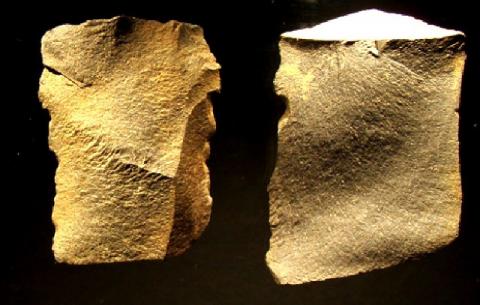


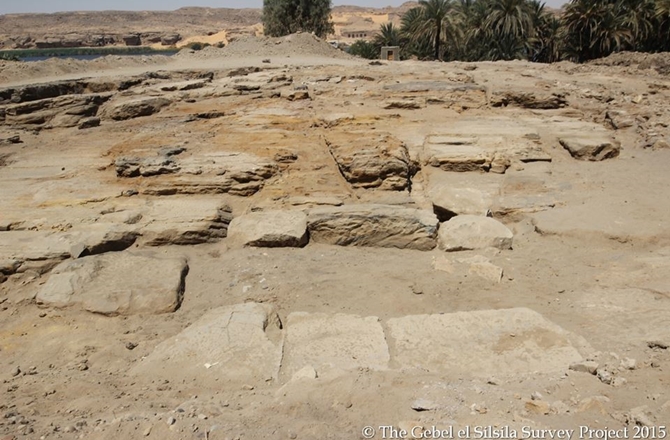

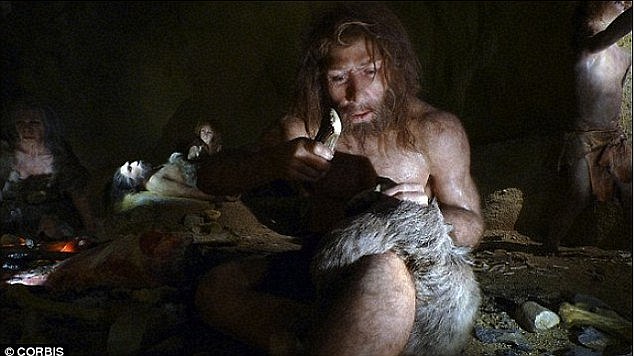
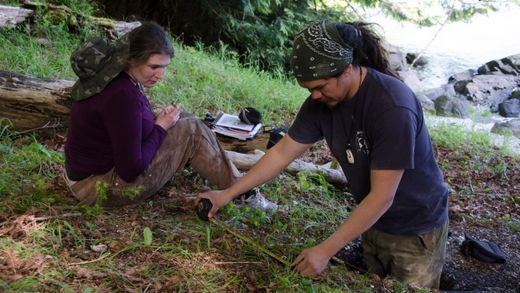
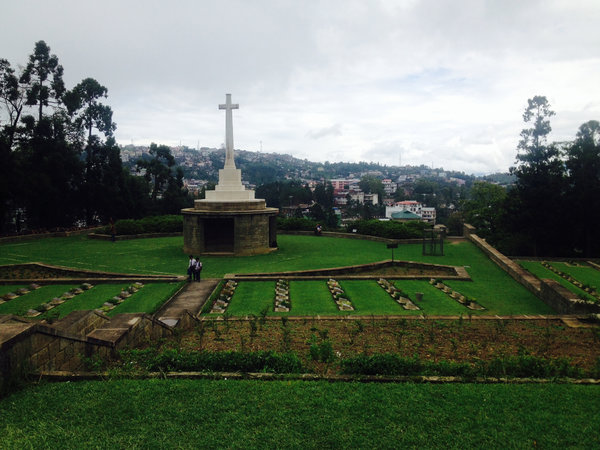
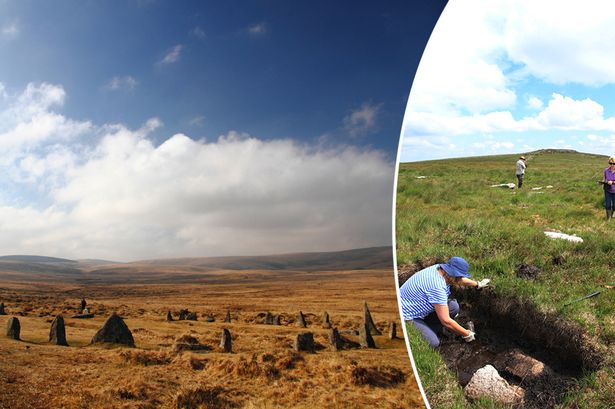



Comment: The forms may have changed somewhat, but it seems that institutionalized racism in the U.S. has not improved one iota.
See more about the events of that day: